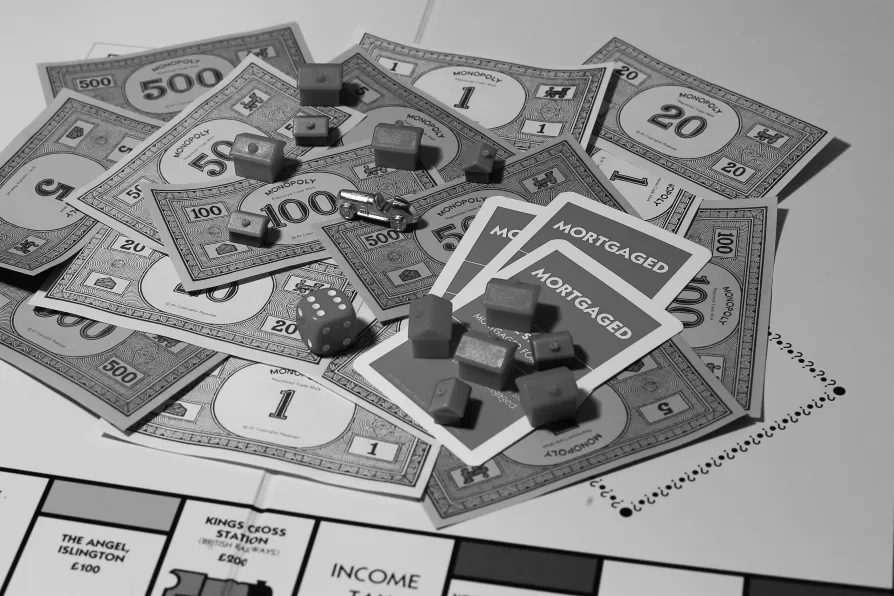Israel’s genocide in Gaza persists, while the war in Ukraine continues with no negotiated settlement in sight. As Europe rearms and Britain expands its nuclear capabilities, CAROL TURNER reviews the alternatives


QUACK sociology and shallow political analysis have always sought to confuse and distort the nature of class in Britain.
“Political theorists” rummage through our dustbins to see if we drink Chianti or Carlsberg and grade our lifestyle differences to try to split us into subclasses on the basis of whether we eat sausage and mash or foie gras and fenugreek.
This approach is an essential part of the culture of divide and rule, and reaches artistic levels of subtlety in Britain as reflected in the positioning of food shops — are you Waitrose or Asda? — and the location and pricing of housing.

Artists should not be consigned to a life of precarious working – they deserve dignity and proper workers’ rights, argues ZITA HOLBOURNE

In 2024, 19 households grew richer by $1 trillion while 66 million households shared 3 per cent of wealth in the US, validating Marx’s prediction that capitalism ‘establishes an accumulation of misery corresponding with accumulation of capital,’ writes ZOLTAN ZIGEDY

ALAN SIMPSON warns that Starmer’s triangulation strategy will fail just as New Labour’s did, with each rightward move by Labour pushing Tories further right

DOUG NICHOLLS argues that to promote the aspirations for peace and socialism that defeated the Nazis 80 years ago we must today detach ourselves from the United States and assert the importance of national self-determination and peaceful coexistence











